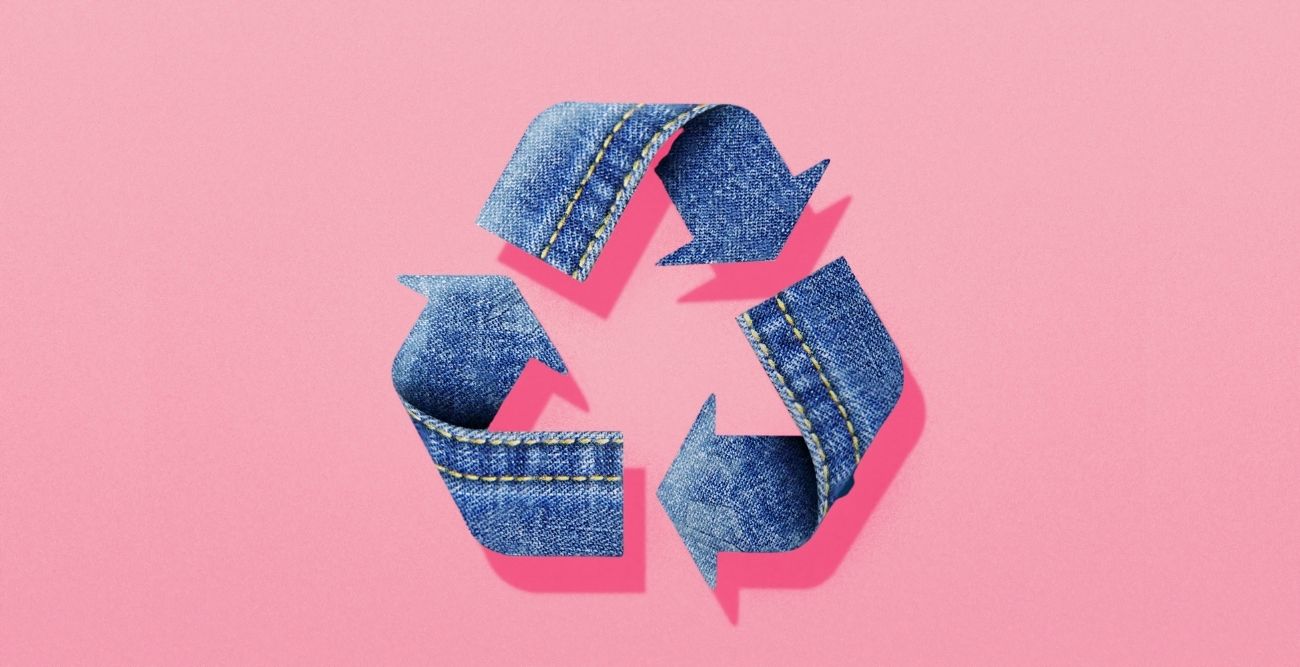Sustainable Apparel and Textiles Conference: COP26, circularity & data

On the 27-29 April we had the pleasure to attend the virtual Sustainable Apparel and Textiles Conference hosted by Innovation Forum, focusing on sustainability within the textile and fashion industry. We listened in on many interesting talks and panel discussions and gained a learning or two from circularity, incentivizing transparency and the role of data in achieving sustainability in the supply chain.
On-Demand Webinar: Calculating and measuring environmental footprint (GHG)
The fashion and textile industries have been criticized for their unsustainable ways and unhealthy values when it comes to disposability and the short life cycles of garments. Luckily, innovative, forward thinking companies, frameworks and new climate laws have taken a big leap for the industry. In this blog, we will recap some of the most interesting topics and discussions of the event.
COP26 - The UN climate change conference 2021 UK
The year 2020 was a tough one financially and affected many organizations’ efforts to transform their businesses towards the transparent and sustainable machinery that the world deserves. In November 2021 the COP26 will take place in Glasgow and the hopes are high for the changes in regulations it will bring for mitigating climate change and achieving better ways to reach the targets of the Paris Agreement.
Despite the excitement of what the COP26 brings in terms of new sustainability standards, the general opinion seems to be not to wait for it to start the sustainability journey of one's organization. The sooner you start, the sooner you have a chance to achieve true transparency and sustainability.
To prepare for the COP26 Claire Bergkamp, COO at Textile Exchange suggests a tit for tat approach, where companies reach out to policy makers stating that they are willing to do certain changes in exchange for changes in policies. For example, a company is willing to change its production methods to more sustainable ones if the policy makers are willing to make changes to foster the market, and so on.
How to develop your sourcing sustainability
If you’re in the textile business, here are some examples of what to add to your list of sustainable development activities rather sooner than later:
- Get to know your supply chain: First and foremost, you need to know what’s happening in your supply chain – from raw material to logistics – in order to know how you can improve your sustainability. Read more about achieving a responsible supply chain through standardization.
- Nature based solutions: “Solutions that are inspired and supported by nature”. Working with sustainability by assessing human and nature well-being as a part of your business. Nature based solutions focus on protection, restoration and management of natural ecosystems in terms of usage of water, land, indigenous peoples and other natural or semi-natural assets, or creating new ecosystems within or around cities.
- From destructive towards regenerative systems: Supporting a circular model for sourcing materials, either by upcycling or by regenerative agriculture. It also includes moving from producing textiles from chemical and fossil fuel raw materials to natural fibers, such as cellulose. Regenerative systems also include ditching synthetic fertilizers in agriculture. Read about how Patagonia works with regenerative agriculture.
Data as an enabler for circularity
“Circularity is the quickest way to carbon reduction”, states one conference participant, which brings us to a crucial topic: data. To fully utilize the potential of circular materials, there is a pressing need for data. Many companies state that they have loads of data, which is great. The challenge, however, is what to do with that data.
When it comes to achieving circularity in textile and garment production, we cannot emphasize enough the importance of knowing what the upcycled material at hand consists of. Sadly, many textiles and material components aren't tracked in the production phase, leaving big question marks when that material then should be upcycled, making it nearly impossible to use the fabric. This can be likened with a digital passport, revealing what the textile is made of and how it can be upcycled.
Apart from fabrics and circularity, data is also crucial when tracking the supply chain and its performance and sustainability. Only by knowing your supply chain throughout multiple tiers, from sourcing methods, to production and logistics, and scope 1, 2, and 3 emissions, can you be truly transparent and have insight into where to improve your operation towards better sustainability. And, let’s face it, that’s what the consumers are demanding.
Stick or carrot?
A final topic discussed during the conference was how to incentivize sustainability in the supply chain – how do we encourage companies and governments alike to invest in sustainability. A very important question in order to achieve sustainability on a large scale!
Some say sustainability should be initiated by sanctions, like taxation of waste, a common byproduct of textile production. Others indicate that sustainability should be rewarded with tax reliefs or other financial benefits.
However, for those aiming for a more sustainable supply chain, legal obstacles can disrupt the efforts. For example, waste management laws can be an issue in many countries, making it difficult to access materials and implement more circularity. This can make introducing up- or recycled sustainable alternatives in the supply chain both a hassle and expensive to implement and carry out – risking the efforts to be abandoned.
The solution, if you ask us, is both stick and carrot. When polling conference goers, 82% expressed that they think leaders in ESG performance are awarded, but only 18% said they think laggards are punished for bad ESG performance. This shows that there still might be a gap in incentivizing sustainability. We’re hoping COP26 can be an accelerator for that!
Related blog posts you might like:






%20as%20the%20deadline%20approaches.%20Learn%20about%20compliance%20requirements%2c%20potential%20delays%2c%20and%20key%20updates..png)

